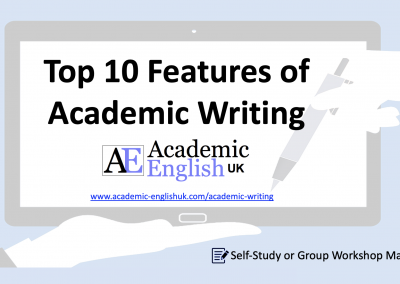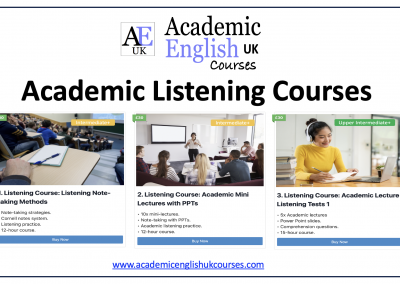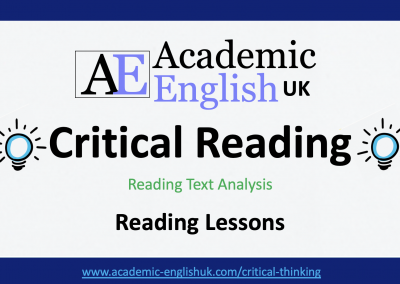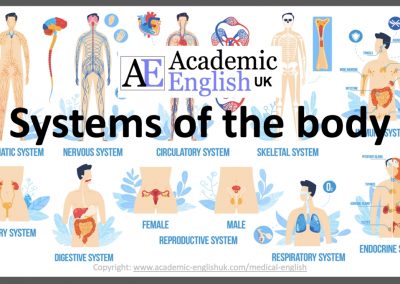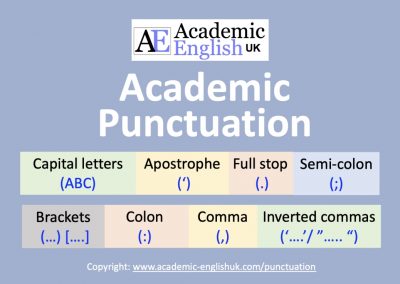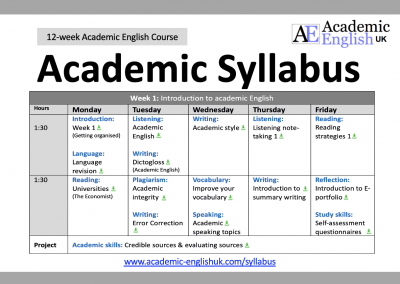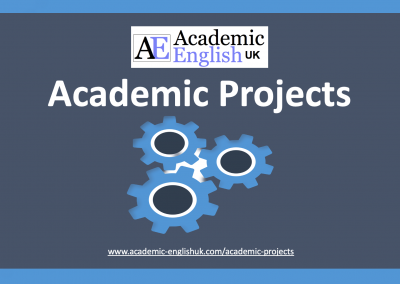Academic Introduction
What is an academic introduction?
An introduction is the most important section of an essay. It informs the reader of the context and what is your stance on the subject. It is usually written after the main body and should include a number of key parts. This webpage discusses the common structure and focuses on the importance of the thesis (stance).
Disclaimer: there is no one way to write an introduction BUT this structure helps lower-level students identify the key sections of an introduction & the importance of the thesis.
Introduction video
A short 5-minute video on how to write an academic introduction. A basic 4-part structure outline and example introduction paragraph.
Introduction lesson / worksheet download
 Introductions: How to write an academic introduction
Introductions: How to write an academic introduction
This lesson / worksheet presents the key sections to an academic introduction. It then focuses on highlighting those key sections in three model introductions with particular attention to the thesis (question / topics / stance) and finally finishes with writing an introduction using a range of titles. Example Level: ***** [B1/B2/C1] TEACHER MEMBERSHIP / INSTITUTIONAL MEMBERSHIP
Academic introduction structure
A basic 4-part structure outline and example introduction paragraph.
Academic Introduction example

Introduction phrases
Manchester university phrase bank is a great resource to help create and structure an introduction. Key phrases include:
- Establishing the importance of the topic for the world or society
- Establishing the importance of the topic for the discipline
- Establishing the importance of the topic (time frame given)
- Establishing the importance of the topic as a problem to be addressed
- Referring to previous work to establish what is already known
- Explaining the inadequacies of previous studies
- Identifying a knowledge gap in the field of study
- Stating the focus, aim, or argument of a short paper
- Outlining the structure of the paper or dissertation
- Explaining key terms used in the current work
More introduction phrases: click here
 Introductions: How to write an academic introduction
Introductions: How to write an academic introduction
This lesson / worksheet presents the key sections to an academic introduction. It then focuses on highlighting those key sections in three model introductions with particular attention to the thesis (question / topics / stance) and finally finishes with writing an introduction using a range of titles. Example Level: ***** [B1/B2/C1] TEACHER MEMBERSHIP / INSTITUTIONAL MEMBERSHIP
Thesis Statements: How to write a thesis statement.
This lesson / worksheet presents the key sections to an academic introduction. It focuses on different writing structures using words like however, although, despite and then includes a writing task. Students write three thesis statements using the introduction models. Example Level: ***** [B1/B2/C1] / Webpage link / TEACHER MEMBERSHIP / INSTITUTIONAL MEMBERSHIP
*
Academic Introduction example [the thesis statement]
Question: Fair Trade negatively impacts producers and workers in developing countries. To what extent do you agree?
International trade has been predominately controlled by developed countries for centuries and developing countries have struggled to access this market. Fair Trade is a worldwide initiative aimed at improving the livelihood of producers and empowering workers in developing countries by generating better terms and sufficient wages (Fair Trade International, 2017). Overall, Fair Trade develops increased economic stability, higher salaries compared to conventional producers and educates community diversification. Thus, to a large extent the claim that Fair Trade negatively impacts producers and workers in developing countries is invalid. This essay will focus on the main arguments connected to stability, salaries and diversification and conclude with suggestions on how Fair Trade could be improved.
Highlighted Sections
International trade has been predominately controlled by developed countries for centuries and developing countries have struggled to access this market. Fair Trade is a worldwide initiative aimed at improving the livelihood of producers and empowering workers in developing countries by generating better terms and sufficient wages (Fair Trade International, 2017). Overall, Fair Trade develops increased economic stability, higher salaries compared to conventional producers and educates community diversification. Thus, to a large extent the claim that Fair Trade negatively impacts producers and workers in developing countries is invalid. This essay will focus on the main arguments connected to stability, salaries and diversification and conclude with suggestions on how Fair Trade could be improved.
Thesis
-
Question: Fair Trade negatively impacts producers / workers / developing countries
-
Essay Topics: economic stability / salaries / diversification
-
Stance: invalid




